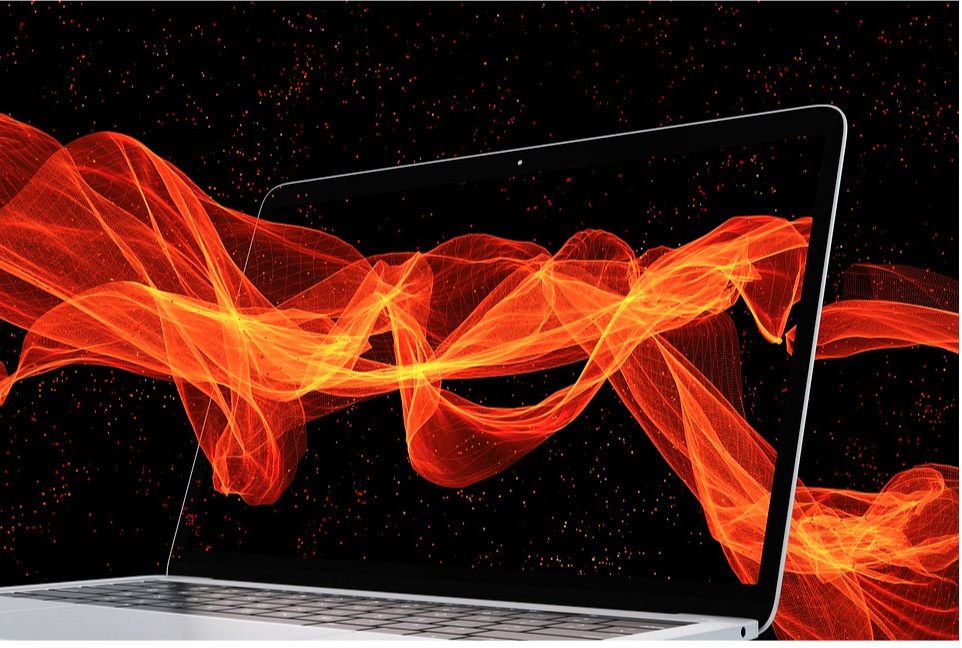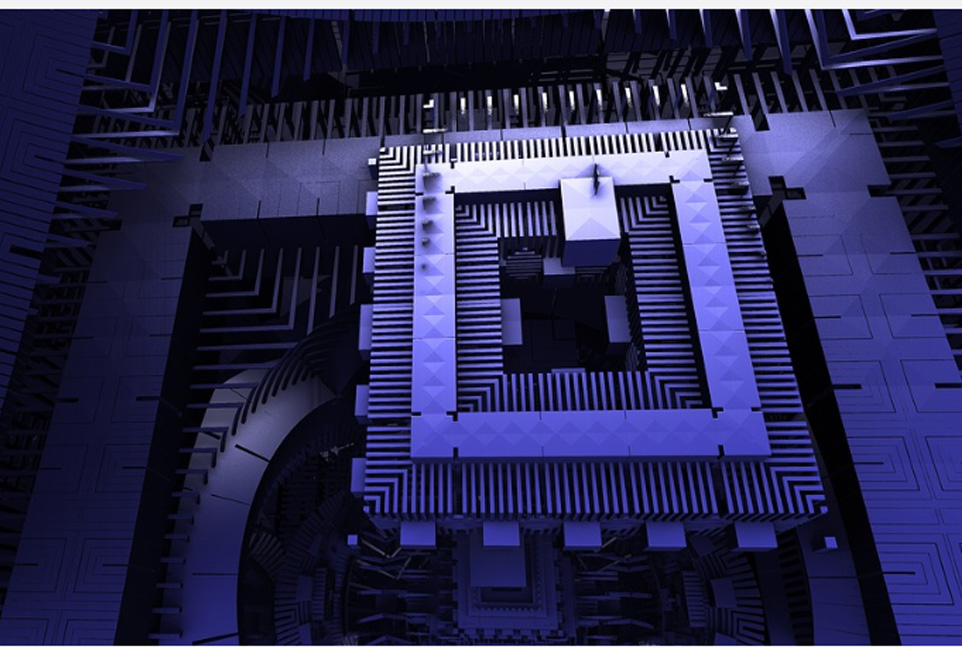
There are many more ways to compute than flinging electronics thorugh silicon semiconductor chips. We can computer with ligth, DNA, and even
quantum mechanics. Quantum computers em like they’ll change the world, but first we need to figure out how to make ones that are practical to use!
What is Quantum Computing?

While we won’t pretend to really understand the nuts and bolts of quantum computing, the basics aren’t that hard to comprehend. Quantum
computing uses the mind-bending physics of quantum mechanics to solve computational problems. Quantum mechanics deal with things that
exist in the realm of subatomic.
When you get down to the sizes of things that are smaller than an atom, the familiar rules of classical (Newton) and relativistic (Einstein) break down.
The rules seem strange and scientists still have a lot to learn, yet quantum mechanics have allowed for precise predictions to verify that they work,
if not exactly how they work.

One core concept in quantum physics is superposition. This is the idea that until you actually measure the result of a quantum state, it takes up
all possible states until the quantum “waveform” collapses into the final result.
Schrodinger's Cat is a famous thought experiment that helps us understand how this works. Imagine you put a cat into a box with a device that
releases a poison that’s certain to kill the poor animal. The has an exactly 50% chance of releasing the poison. So until we open the box, there’s an
exactly 50% that the cat is alive or dead. With quantum superposition, the idea is that the cat is both alive and dead at the same time, until someone
opens the box and checks (measures) the result.
Quantum Computers Use Qubits
Quantum computers represent information by using “qubits” or quantum bits. Each qubit is in superposition until measured. In other words it could be
either a one or a zero until it’s measured.
One of the key goals in quantum computing is to add more and more cubits to quantum computers. Think of it as going from 8-bit, to 16-bit, 32-bit, and
so in on traditional computing. With each addition of a qubit the quantum computer can handle an order of magnitude more probabilities or possible states.
With 300 qubits, you could represent more states than there are atoms in the universe!
Why Do We Want Quantum Computing?

There are numerous problems that aren’t practical to solve with traditional binary computers. In principal, our digital computers can solve any problem if you give them enough time. It’s just that for some problems, such as guessing all the possible combinations for an encryption key, there might not be enough time left until the end of the universe to get the job done.
Quantum computing offers the possibility of solving these types of problems in practical time frames. Cryptography is one of the most common use cases, and quantum computers could break today’s typical encryption quickly. This is such a worry that there are already quantum-resistant cryptography methods and of course you can create next-generation encryption using future quantum computers.
Quantum computing is also set to revolutionize science and medicine. For example, we expect that protein-folding simulations which are crucial in the fight against cancer and numerous other diseases, will experience a huge leap with practical quantum computers. The same goes for complex logistical problems or problems when figuring out how to predict complex things like weather patterns, energy usage, or how to distribute resources.
The Idea of “Quantum Practicality”
The biggest problem with quantum computing now comes back to the issue of having enough qubits to do useful work. While 300 cubits (as mentioned above) would offer a massive amount of computational power, it turns out you actually needs thousands of them because qubits are extremely easy to mess with. So there needs to be a significant level of redundancy or most of your attempts at calculating things will fail thanks to environmental interference.
Any shift in temperature, tiny vibrations, and a long list of other sources of noise will knock a qubit out of superposition.
Right now, state of the art quantum computers such as IBM’s Eagle, has 127-qubits while 256-qubit machines are emerging. Along with stuffing enough Qubits into these machines, we also need a full stack of hardware, software, APIs and software to make quantum computers practical.
Can You Buy a Quantum CPU?
Quantum computers are not the sort of thing that will be sitting on anyone’s desk soon. These computers require incredibly well-protected and maintained environments. So if if you want to make use of a quantum computer, it’s going to be a cloud-based service where the computation happens inside a facility and your answer is sent back to you. Whether quantum computers can make it out of the labs is anyone’s guess, but in June of 2022 we saw the first ever on-premises room-temperature quantum computer, so never say never!